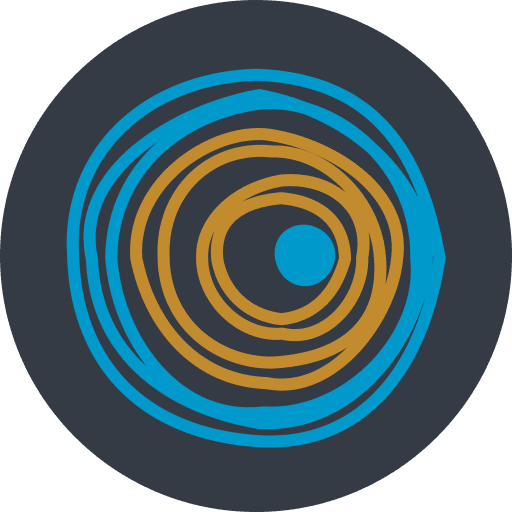In our school days, the subjects we were taught, were disconnected with each other. Mathematics and Science were the focus subjects. But until very late, Science was very theoretical. Mathematics was interesting, because it provided instant gratification of arriving at a precise answer but was confusing nevertheless as we were unsure of what were the usages of most concepts while solving real life problems. Only when we saw the application of Mathematics in Science in higher classes, it started making a little sense. History, was the most boring of all, it was with only hundreds of dates and thousands of names. What and When were the focus – Why and How were forbidden questions. Same goes with Geography – full of insipid facts on earth’s topography. We studied Civics, because it was there as part of the syllabus, else who cares about what a BDO does? And, finally, language studies were appealing as long as they told good stories, but ultimately, not many of us could like those, as those were the lowest scoring subjects in the exam.
It was not with the school or teachers. Our school was really good. Teachers were highly qualified. Some of them taught very well. So, what was missing? Why most of the subjects failed to enthuse us.
Finally, it struck me.
The key was – we failed to see the connection – connection between the subjects, connection between the subjects and the world, connection between the subjects, and the world and our day-to-day lives.
As we grew, as we gathered more information from multiple sources, as we learnt more, we started discovering these connections, and only then, our sense, our understanding of the world got enhanced.
How is a king’s decree in the middle ages, impacting the education system of today? How a meteoroid strike has changed the way we eat our food? How a land ownership dispute of 2000 years back, is determining the nuclear program of a country today? How an author’s book is creating a revolution and toppling governments hundreds of years after his death?
Remember, the connecting-the-dots exercise we used to get in childhood days? In a page some random, yet numbered dots were given, with the no clue of what that hidden object could be. Only when we connect those dots, a beautiful picture emerges. In a clear night sky, we see thousands of stars far far away from us, but when we connect some of those dots, we discover beautiful constellations.

Synthesis and not analysis becomes the key. Holism takes prominence compared to reductionism. That’s how we see Yuval Noah Harari manages to squeeze the whole of human history in one book – “Sapiens”. We see Bill Bryson writing about “A brief history of nearly everything”, Stephen Hawking trying to find “the theory of everything”. We see, “Big History” study becoming popular.
As Neil Gaiman says, “A butterfly flaps its wings in the Amazonian jungle, and subsequently a storm ravages half of Europe.”
So, connect the dots and I am sure you will fall in love with learning.
